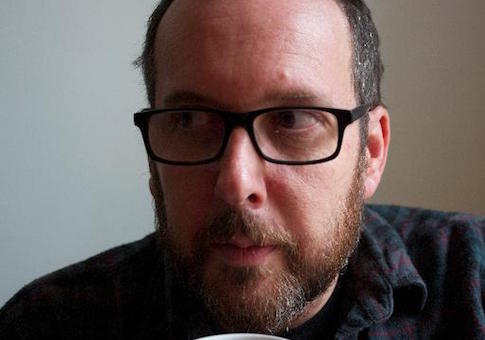What is criticism, and what does it do? These are the two questions A. O. Scott attempts to answer in his marshmallow of a book, Better Living Through Criticism: How To Think about Art, Pleasure, Beauty, and Truth, which alternatingly claims too much and too little on criticism’s behalf.
The answer to the first question is that criticism is both the "lifeblood" of art and "an art in its own right." By "art," Scott doesn’t mean in the way that carpentry is an art – an activity that requires craftsmanship to create beautiful and functional objects. No, criticism is the dramatic embodiment of ideas in objective form. It’s art art. In fact, it’s the ring of power of the arts. "There is more of it," Scott writes, "its scope is wider, its methods more eclectic than any of its rivals. It encompasses all of them and compels them all to serve its needs. It is not parasitic, but primary."
Parasitical or primary is a wonderfully phrased false choice, and, like many of Scott’s nicely turned sentences, it is placed at just the right point in the narrative to create a seamless surface. But false choice it is. Does criticism have to be either parasitical or primary? Can’t it be, as T. S. Eliot argued, an essential craft that is nevertheless instrumental?
Scott’s response to this objection—he cites Eliot’s remark that art, as opposed to criticism, is "autotelic"—is a marvel of twisted logic. Ignoring any distinction between primary and secondary functions, Scott remarks that art itself is always a response to other works of art and to historical events. Art is not created "in a vacuum," he writes, and cannot be fully appreciated without some knowledge of its contexts. Furthermore, art, like criticism, requires judgment. The artist must evaluate ideas before he responds to them in his work. All of this proves, according to Scott, that art is, in its essence, criticism and criticism, art.
All I can say is all cars have tires but not everything that has a tire is a car. Of course poets respond to other poets. Of course art is bounded, to some degree, by historical contexts. Of course plays can be read for social and political commentary. Of course paintings and novels require the artist to think and make distinctions. Of course there's an instrumental element to art. But are these the primary functions of art? It’s fashionable to think so today. A colleague of mine once remarked that all great poems are about poetry. But the truth is while all great poems say something about poetry, no great poem is primarily about poetry.
The difference between art and criticism is that art’s primary purpose is to create images that reflect, as directly as possible, the realities of the human soul—its feelings, fears, beliefs, paradoxes. Good criticism does this too, as it should, but unlike art it must do so via other works of art, just as history must do so by organizing and re-telling past events. Criticism that does not discuss another work is not criticism.
Scott’s other big claim is that criticism asks us to change our lives. Commenting on the final line of Ranier Maria Rilke’s "Archaic Torso of Apollo," Scott suggests that by reading it, as by reading criticism, "You are opened up, exposed to the universe, which sends you a message, through the ventriloquism of ancient marble, and modern literature. You must change your life."
He’s right that criticism should make this call, even if it cannot actually change us, and even if it should also call us not to change. What’s strange about Better Living Through Criticism, however, is the absence of any such calls beyond the one above. Instead, in chapter after chapter, Scott asks big and small questions on art and criticism—What is art? What is criticism? What’s the relationship between art and the museum? Is there such a thing as a literary canon? Should critics write negative reviews?—before sampling two opposing responses, "problematizing" each, and concluding that there’s a bit of truth in both. The purpose of this approach, as far as I can tell, is not to ask us to change our lives, but to look sophisticated, as sophistication is currently defined.
The six chapters are also punctuated by four self-interviews, which, despite Scott’s best efforts, are neither funny nor particularly self-deprecating, though he does say one true thing that I wholeheartedly endorse: "We trivialize art. We venerate nonsense. We can’t see past our own bullshit. Enough of that!" Amen.
